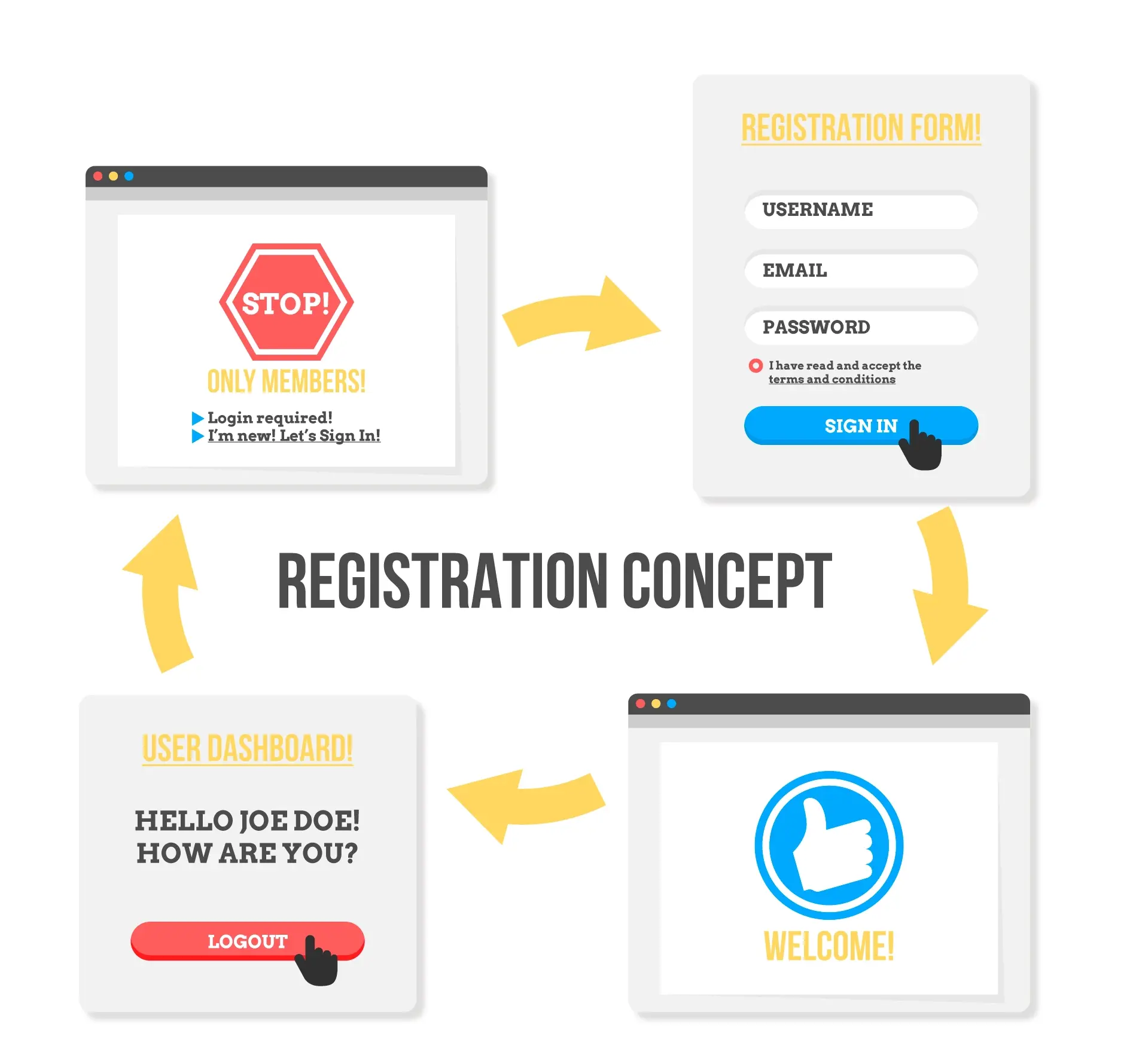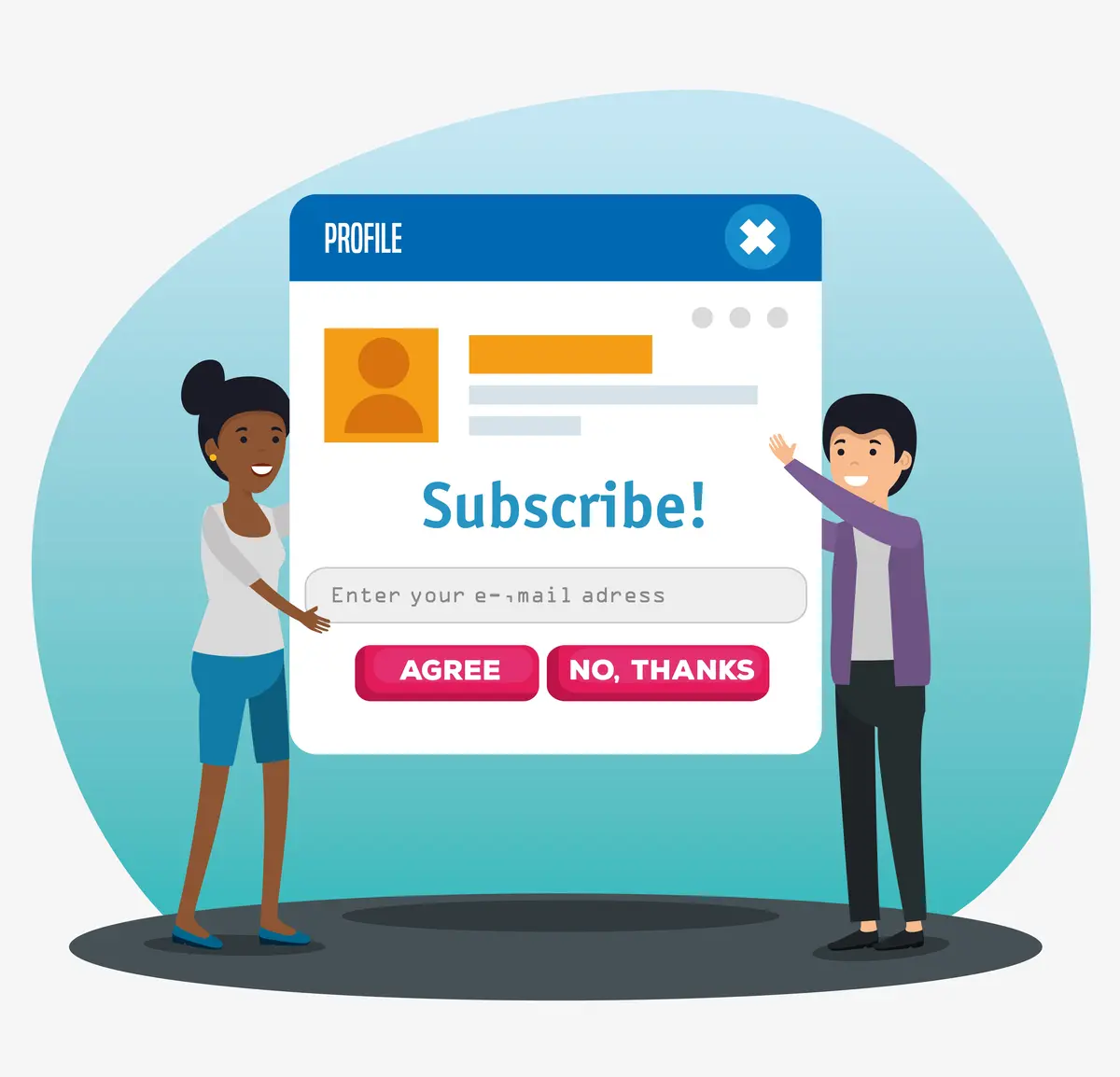Understanding Meta Tags: Title, Description, and More
Meta tags are integral to On-Page SEO, enabling search engines to understand your page’s content and improving your visibility in search results. When used strategically, they enhance click-through rates (CTR) and contribute to better rankings. Each type of meta tag has specific guidelines and best practices that can significantly impact your SEO performance. Below is a comprehensive overview of the most important meta tags and how to use them effectively.

Title Tags: The Cornerstone of SEO
Title tags are the most influential meta tags in On-Page SEO. They not only impact search engine rankings but also determine whether users click on your content from search results. The title tag is prominently displayed as the clickable headline in search engine result pages (SERPs), making it vital for capturing attention.
A title tag is a succinct description of a page’s content that appears in SERPs and browser tabs. Search engines use it as a primary signal to understand what the page is about.
Title Tags are one of the most crucial meta elements for SEO, as they directly influence search engine rankings and CTR. These tags should be concise, ideally within 50–60 characters, and include primary keywords near the beginning to improve relevance. Avoid keyword stuffing and use compelling language to engage users. For a comprehensive guide, check out how to optimize title tags for SEO. For internal tips, refer to our On-Page SEO basics.

Meta Descriptions: Driving User Engagement
While meta descriptions may not directly affect search rankings, they significantly influence click-through rates (CTR). These brief snippets give users an idea of what the page contains, helping them decide if your content matches their intent. A meta description is a short summary of the page content displayed under the title tag in SERPs. It acts as a mini advertisement for your page.
Meta Descriptions provide a summary of a page’s content beneath the title tag in search results. While they don’t directly impact rankings, well-crafted descriptions can drive higher CTR. Keep them between 150–160 characters, include relevant keywords, and add a call-to-action (CTA) like “Learn more” or “Discover how.” Learn more about writing effective meta descriptions, or explore our SEO strategy checklist.
Meta descriptions act as the doorway to your content, helping attract users and enhancing engagement, even if they don’t directly influence rankings.
Header Tags: Structuring Your Content
Header tags are crucial for organizing content on a webpage. They improve readability and provide search engines with a clear structure of your content, enhancing SEO and user experience. Header tags range from H1 to H6, representing different levels of importance. H1 is the primary heading, while H2 to H6 help create subsections.
Header Tags (H1, H2, H3, etc.) help organize your content hierarchically, making it easier for both users and search engines to navigate. Use a single H1 tag with the primary keyword as the page’s main title. Break down content using H2 and H3 tags for main sections and subsections, respectively. Avoid using header tags solely for styling purposes. For a detailed guide, visit Header Tag Best Practices, or explore our article on improving content structure.
Properly structured header tags not only make your content more accessible to users but also help search engines crawl and index your page effectively.
Alt Text: Enhancing Accessibility and SEO
Alt text is a descriptive attribute assigned to images to make them accessible to visually impaired users and understandable to search engines. Alt text serves as an alternative text for images, providing a description when the image cannot be displayed. It also helps search engines understand the image context.
Alt Text is a description for images that improves accessibility for visually impaired users and provides search engines with context about the image content. Alt text should be clear, concise, and, where relevant, include keywords naturally. Avoid overloading it with keywords, as clarity and user experience are more important. For more tips, explore image optimization strategies, or read our internal guide on enhancing website accessibility.
Alt text not only boosts accessibility for visually impaired users but also improves SEO by helping search engines index your images effectively.
Robots Meta Tag: Managing Crawlability
The robots meta tag gives instructions to search engine crawlers about how to handle a page, making it crucial for controlling indexing and link crawling. It allows website owners to dictate whether a page should be indexed by search engines or if links on the page should be followed.
Robots Meta Tags instruct search engines on how to handle specific pages. The “noindex” directive prevents indexing of certain pages, while “nofollow” prevents search engines from following links on a page. Use these tags sparingly and strategically, such as for admin pages or duplicate content. Learn more about robots meta tags or check our resource on technical SEO essentials.
This tag is invaluable for refining how search engines interact with your site, helping you manage visibility and crawl budgets effectively.

Canonical Tags: Resolving Duplicate Content
Canonical tags address duplicate content issues by consolidating multiple URLs into a single authoritative version. The canonical tag, marked as rel=”canonical,” informs search engines about the preferred URL for a page with duplicate or similar content.
Canonical Tags (rel=“canonical”) address duplicate content issues by specifying the preferred version of a page. Place canonical tags in the HTML head section and ensure they point to closely related content. This prevents confusion and consolidates link equity to the correct page. For external guidance, read Canonical Tag Best Practices. You can also explore our guide to managing duplicate content.
Canonical tags protect your site from duplicate content penalties and ensure link equity flows to the right pages.
Open Graph Tags: Enhancing Social Sharing
Open Graph (OG) tags control how your pages appear when shared on social media, influencing click-through rates and brand visibility. OG tags define a page’s title, description, and image displayed in social media previews.
Open Graph Tags control how content appears when shared on social media platforms. Customize these tags for each page by specifying the title, description, and an engaging image to ensure your content is attractive and compelling in social previews. Learn more about Open Graph optimization, or explore our social sharing tips.
Open Graph tags make your content more appealing when shared, increasing traffic and engagement.

Meta Charset Tag: Ensuring Proper Display
The charset meta tag specifies character encoding, ensuring text displays correctly across all browsers and devices. This tag defines the character set used by the page, with UTF-8 being the standard for most modern websites.
Meta Charset Tags ensure proper character encoding, preventing display issues across different browsers and devices. Set your charset to UTF-8, as it supports the majority of characters and languages. Place this tag in the head section of your HTML for optimal performance. For detailed technical insights, check Technical SEO Guide, or read our HTML optimization tips.
Charset meta tags ensure a smooth user experience by eliminating encoding issues.
Meta Refresh Tag: Use with Caution
Meta refresh tags redirect users after a set delay but may harm user experience and SEO. This tag reloads or redirects a page after a defined time interval.
Meta Refresh Tags, which redirect users to another page after a set time, can harm user experience and SEO if not used carefully. Instead, use server-side 301 redirects for better results. If you must use a meta refresh tag, keep delays minimal to avoid frustrating users. Explore redirection best practices, or learn more about user experience optimization.
Meta refresh tags are best avoided unless absolutely necessary, as they may confuse users and harm SEO.
Understanding and implementing meta tags is a vital component of On-Page SEO. Each tag—from title tags to canonical tags—serves a unique purpose, whether it’s enhancing visibility, improving click-through rates, or resolving technical SEO challenges. By following these best practices, you can ensure your website is optimized for both search engines and user satisfaction.
Contact Us
Drop Us a Line
Talk to Our SEO Experts – Start Your Success Journey!
